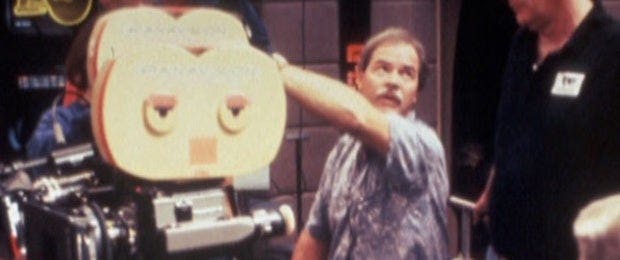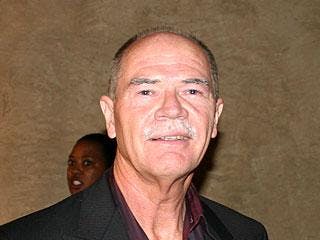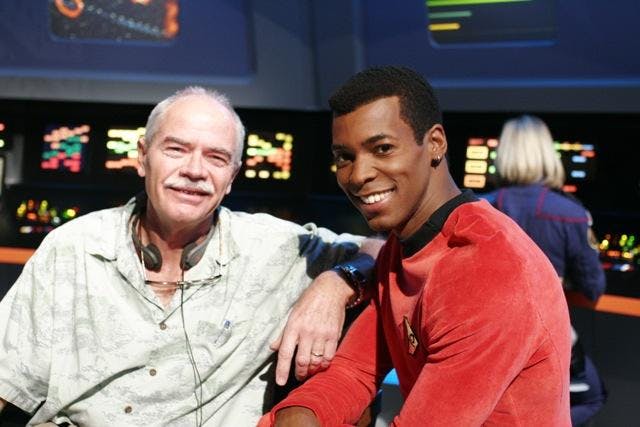Published Jan 21, 2013
Catching Up With Trek D.P. And Director, Marvin Rush, Part 2
Catching Up With Trek D.P. And Director, Marvin Rush, Part 2

Marvin Rush’s ride through the Star Trek universe cut across parts of three decades, as, from 1989 to 2005, he served as the director of photographer for The Next Generation, Deep Space Nine, Voyagerand Enterprise. Rush also directed five episodes of Trek, spanning three series. He helmed “The Host” for TNG, “The Thaw” and “Favorite Son” for Voyager and “In a Mirror Darkly, Part II” and “Terra Prime” for Enterprise. Since the demise of Enterprise in 2005, Rush has worked as a cinematographer on the series E-Ring, Close to Home, Moonlight, Glee and the current Hell on Wheels, as well as the indie features S. Darko, Cherry and Meeting Evil. StarTrek.com caught up with Rush recently for an extensive interview in which he discussed his work as a D.P. and director on Trek, and chatted about his latest projects. Below is part two of our conversation; click HERE to read part one if you’ve not read it yet.



